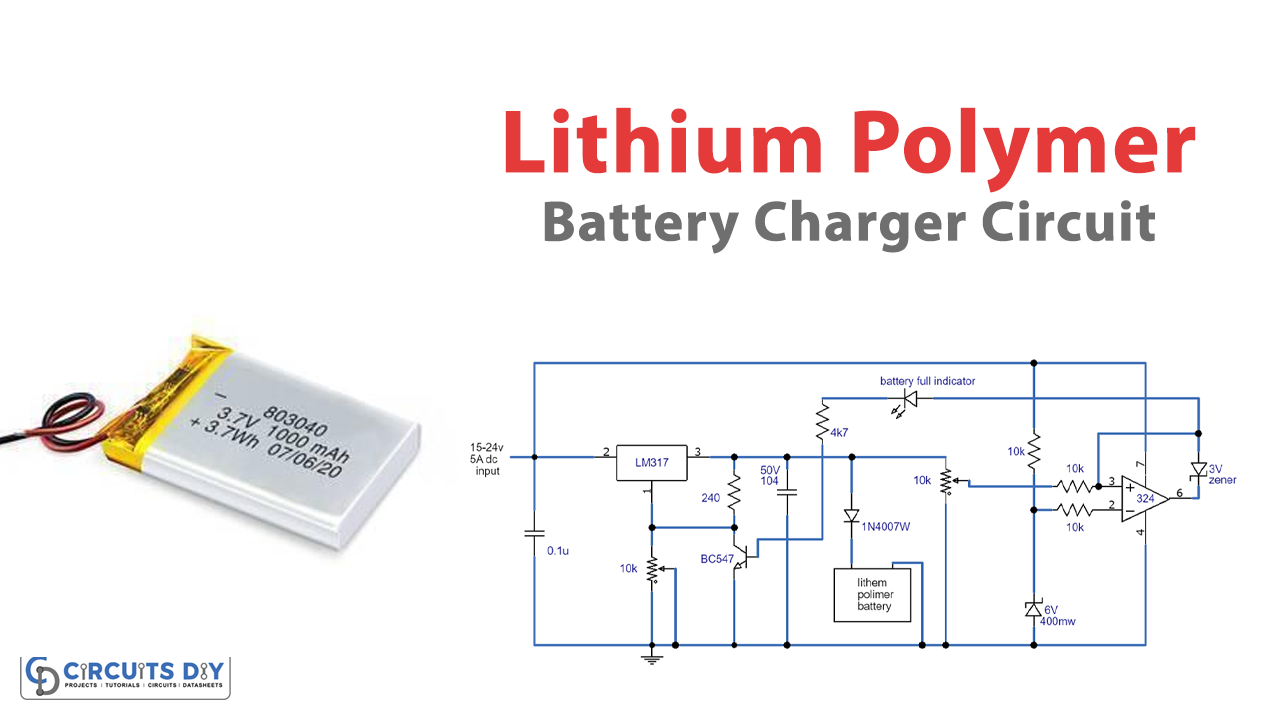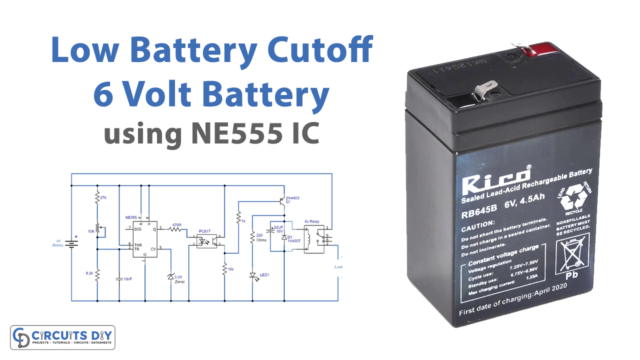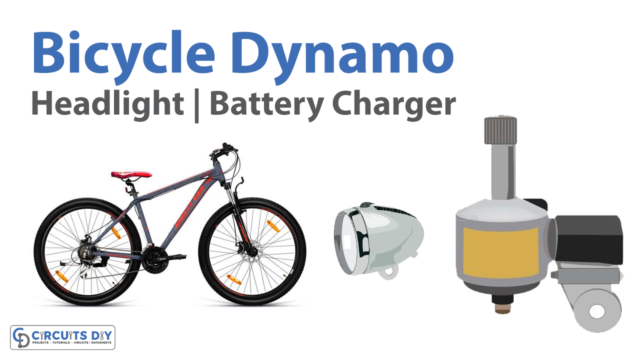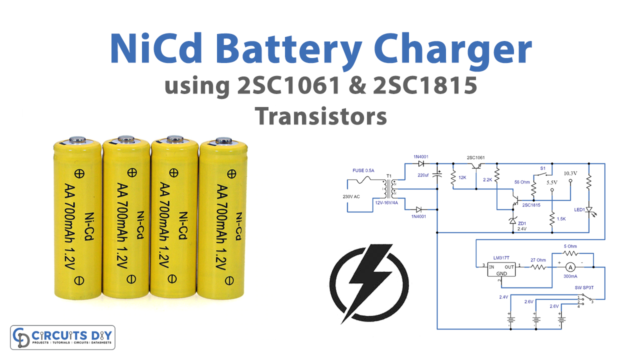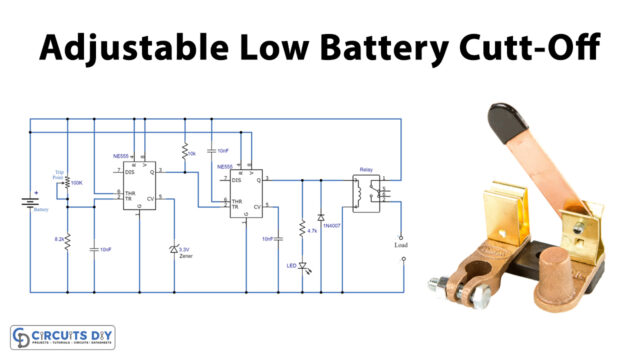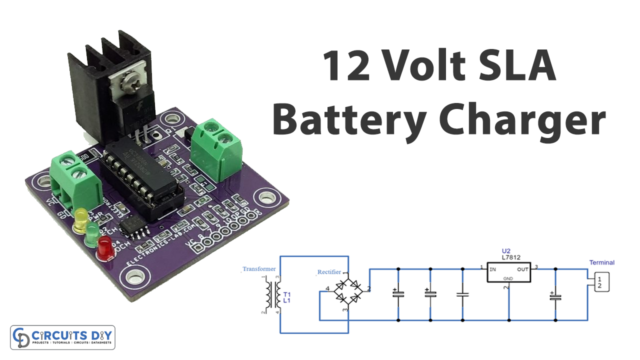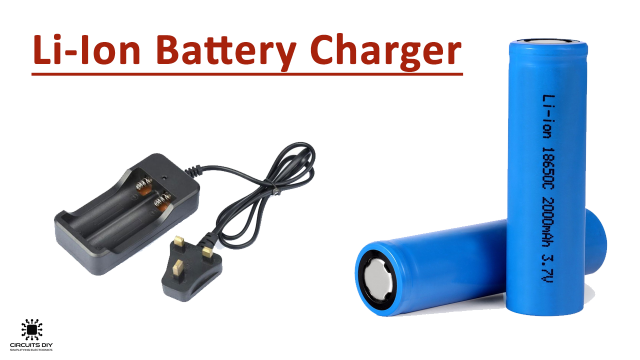Introduction
Lithium polymer batteries are the preferred choice of power source for electronic devices due to their lightweight, high energy density, and longer lifespan. However, charging them can be tricky, as they have strict charging and discharging parameters. But worry not, as we have a solution for you.
In this article, we will guide you on how to make a lithium polymer battery charger circuit that is both safe and efficient. The best part? You can make it using spare components lying around in your electronic junk box!
Introduction to Lithium Polymer Batteries
Lithium Polymer batteries, or LiPo batteries, are a newer, more advanced version of lithium-ion batteries. Like their predecessors, they have specific charging and discharging parameters that must be followed. However, LiPo batteries are more lenient than lead-acid batteries when it comes to charging rates.
They can be charged at a rate of 5C or even higher, where “C” is the battery’s amp-hour rating. This means that higher current inputs can be used without worrying about an overcurrent situation for the battery.
Importance of Safe and Optimal Charging
While LiPo batteries can handle high charging rates, it is still essential to charge them safely and optimally. Charging them at a rate lower than the maximum stipulated level is generally recommended, with a C x 1 rate being optimum and safest. This helps prevent overcharging and over-discharging, damaging the battery and reducing its lifespan.
Hardware Required
| S no | Components | Value | Qty |
|---|---|---|---|
| 1 | Voltage Reg | LM317 | 1 |
| 2 | IC | LM324 | 1 |
| 3 | Resistor | 240, 4k7, 10k, 1k | 1, 1, 3, 1 |
| 4 | V. Resistor | 10k | 2 |
| 5 | Zener Diode | 6V 400mW | 1 |
| 6 | Non Polar Capacitor | 0.1uF, 104 50V | 1, 1 |
| 7 | Transistor | BC547 | 1 |
| 8 | Diode | 1N4007 | 1 |
| 9 | LED | Red | 1 |
Circuit Diagram
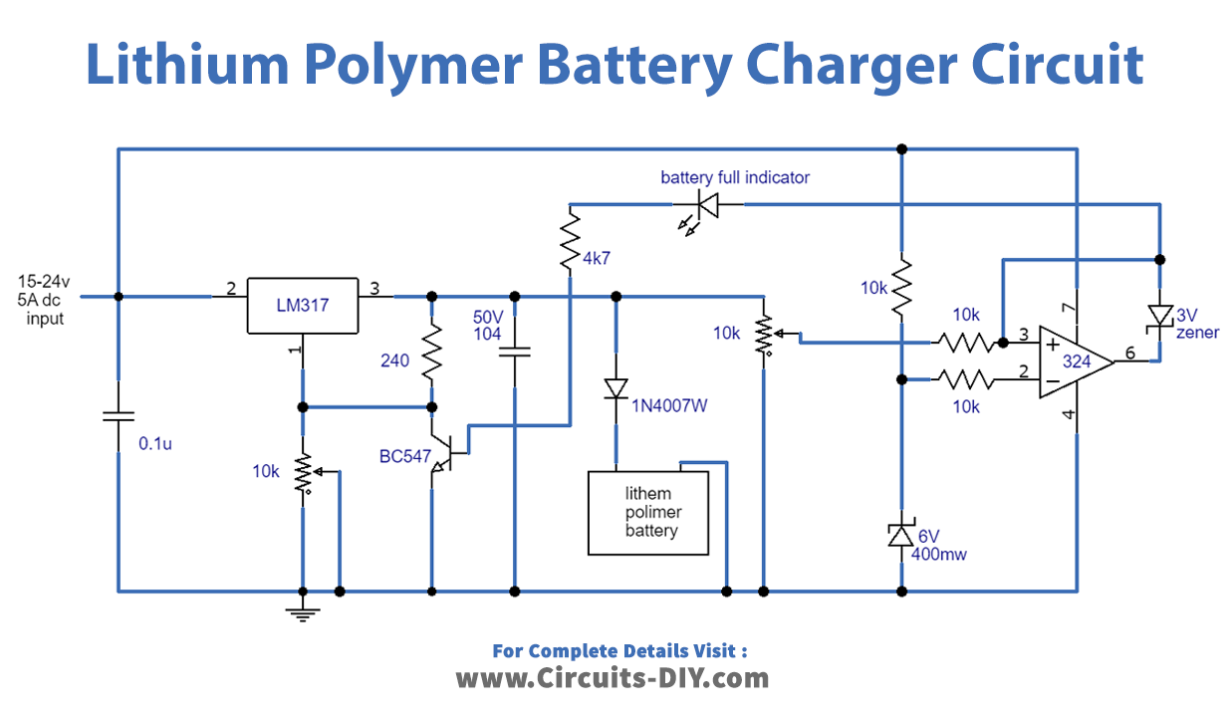
Circuit Explanation
Using LM317 for Safe and Optimal Charging
The LM317 is a flexible voltage regulator chip commonly used in electronic circuits. It has built-in safety features and will not allow more than 1.5 amps across its outputs, ensuring a safe amp level for the battery. In a LiPo battery charging circuit, the LM317 is used to establish the precise charging voltage level for the battery. We can achieve this by adjusting the 10k pot or preset.
Implementing Overcharge Protection with Op-Amp
The overcharge cut-off circuit is a crucial LiPo battery charging circuit safety feature. It ensures that the battery is never allowed to overcharge, which can cause it to become unstable and potentially explode. The circuit consists of an op-amp and a 10k preset, which is used to set the overcharge level. For a 3.7V LiPo battery, this level is typically set at 4.2V (for a single cell). As the diode is positioned on the battery’s positive end, it’s necessary to adjust the LM 317 output to approximately 4.8 V, which accounts for 4.2 V plus 0.6 V.
Charging Process
When the LiPo battery is connected to the charging circuit, it pulls the supply from the LM317 to the current voltage level, typically around 3.6V, when the battery is discharged. This keeps pin3 of the op-amp below the reference voltage level fixed at pin2 of the IC, producing a low logic at pin6 or the output of the IC. As the battery begins to charge, its voltage level starts to rise until it reaches the overcharge level set by the 10k preset. At this point, the op-amp output goes high, causing the indicator LED to light up and turn on the BC547 transistor attached across the ADJ pin of the LM317. This grounds the ADJ pin, turning off the output supply to the LiPo battery and preventing overcharging.
Wiring the Battery Pack and Connector
In the case of an 11.1V LiPo battery pack, which has three cells in series, it is recommended to charge each cell separately by adequately identifying the positive and negative terminals from the connector. The wiring information of the cells with the connector is shown in the circuit diagram.

Conclusion:
In conclusion, we have learned that charging a lithium polymer battery can be daunting, but with the help of the right components and a little knowledge, you can do it safely and effectively. The lithium polymer battery charger circuit we have discussed here is easy to make and has an overcharge cut-off function that ensures the battery is not damaged due to overcharging. So next time you need to charge your lithium polymer battery, remember to try this circuit and make your life easier!

